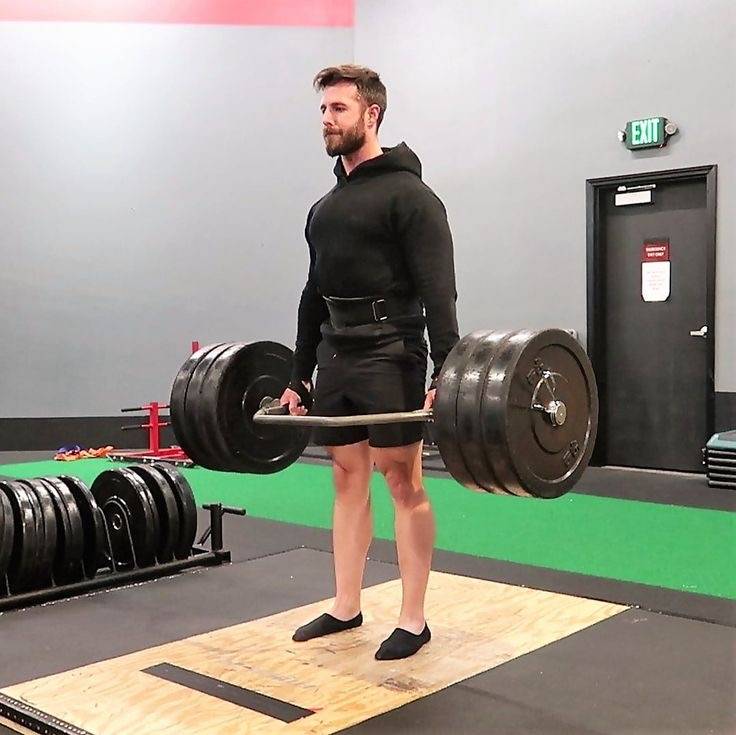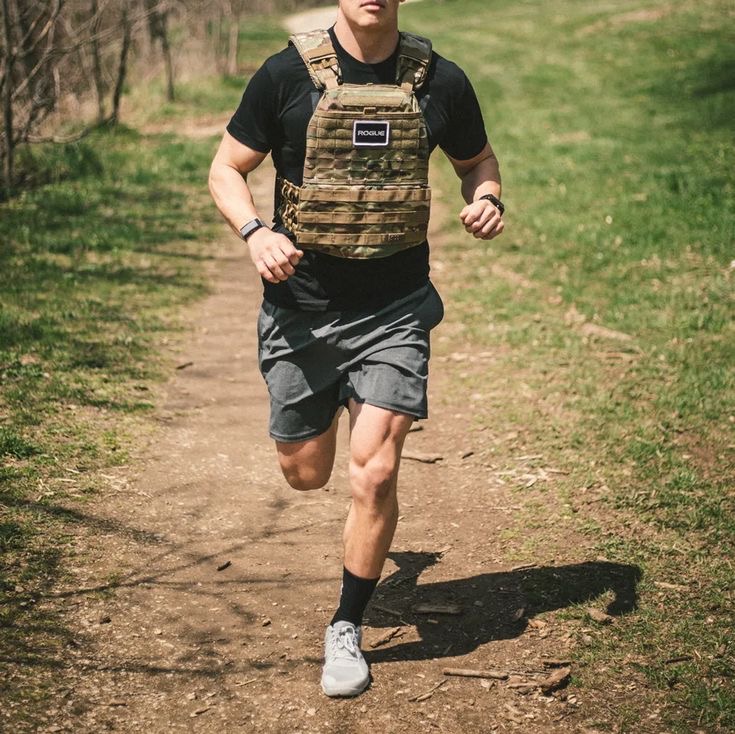Weighted Vest Vs. Ankle Weight: Which is better?

So, you’re ready to take your cardio and running game to the next level. Maybe you’re already crushing your 5Ks or flying through interval workouts, and now you’re thinking, “How can I make this even more of a challenge?” Enter the weighted vest and ankle weights, two tools that promise to crank up the intensity—but in different ways.
Having coached runners and fitness enthusiasts for over three years, I’ve seen firsthand how these tools can elevate a cardio session. Let’s dive into how each one stacks up for running and cardio, and which might be the better fit for your goals.
1. Weighted Vests: Making Every Step Count
Picture this: you’re out for your usual run, but now you’ve got an extra 10-20 pounds strapped to your chest. That’s the weighted vest experience. By adding extra weight evenly across your torso, a vest can turn your regular jog into a full-body workout.
Pros:
• Even weight distribution: The weight is spread across your upper body, so you’re not putting excess strain on your joints like you might with ankle weights.
• Boosts calorie burn: More weight means more energy expenditure. You’ll torch more calories without having to run further or faster.
• Great for endurance and strength: Running with a weighted vest builds strength in your core and legs, making you stronger when you run without it. It’s like running on “hard mode” and then feeling like a superhero when you take it off.
Cons:
• Can impact form: Adding weight to your upper body can affect your running posture. If you’re not careful, you might hunch forward or alter your gait, which can lead to injury.
• Hot and sweaty: Weighted vests can feel bulky, and they trap heat, especially during summer runs. Imagine running with a weighted blanket on your chest—yeah, not fun in July.
• Not ideal for speed training: If you’re working on sprints or explosive movements, a vest might slow you down. It’s great for steady-state runs, but for speed? Not so much.
2. Ankle Weights: Small but Mighty
Ankle weights may seem like the underdog here, but they can still pack a punch. By strapping a couple of extra pounds to your legs, ankle weights add resistance to every step you take, making your lower body work harder.
Pros:
• Targeted leg training: Ankle weights force your leg muscles to engage more during each stride. This can help strengthen your quads, hamstrings, and calves.
• Easy to add and remove: Ankle weights are less bulky than a vest and can easily be adjusted or taken off mid-run if they start to feel too intense.
• Low-impact cardio: If you’re walking or doing lower-intensity cardio, ankle weights can add a subtle but effective boost to your workout.
Cons:
• Increased injury risk: Adding weight to your ankles while running can put extra stress on your knees, hips, and ankles. It might look like a good idea, but the risk of injury increases, especially during high-impact movements like running.
• Limited effectiveness for high-intensity running: Ankle weights can interfere with your stride and make your form sloppy. Over time, this can lead to joint strain or muscle imbalances. Use them for walking or lower-impact cardio, but avoid using them for running.
• Lightweight limits: Ankle weights usually max out at around 5 pounds. While that might feel challenging for slower exercises, it won’t give you the same intense workout as a weighted vest during cardio sessions.
3. Cardio-Specific Showdown: Vest vs. Ankle Weights
When it comes to cardio and running, the winner between these two depends on your goals and the type of cardio you’re doing.
• For running, walking, and full-body cardio: The weighted vest is your go-to. It distributes weight evenly across your torso, which helps you avoid injury while increasing the challenge of your runs. It’s especially great for endurance training and building strength over time.
• For low-impact, targeted leg work: Ankle weights can be beneficial, but stick to walking or lower-intensity cardio. If you’re running or doing fast-paced workouts, the added weight on your ankles might do more harm than good.
4. Pro Tips for Running with a Weighted Vest
If you’re planning on using a weighted vest for your cardio workouts, here are a few things to keep in mind:
• Start light: Don’t go straight for the heaviest vest. Begin with a light weight (around 5-10% of your body weight) and gradually increase as you get used to it.
• Watch your form: A weighted vest can throw off your posture. Stay conscious of your form, keeping your core engaged and your shoulders back.
• Use it for endurance, not speed: Weighted vests are fantastic for building endurance and strength, but they aren’t designed for speed training. Save your sprints for when you’re vest-free.
5. The Final Verdict
For cardio and running, the weighted vest takes the crown. It challenges your entire body, boosts calorie burn, and strengthens your legs and core, all without putting too much strain on your joints. The ankle weights, while great for certain exercises, are more suited to lower-impact, controlled movements like walking or leg-specific work—not high-intensity running.
If you’re looking to level up your cardio, go with the weighted vest. Just be sure to ease into it, listen to your body, and enjoy the added challenge. After all, what’s a little extra sweat in the name of progress, right?






